Photo credit: IVSO/ P. Poupart
From a Canadian’s perspective, France is a small country. 15 times smaller to be specific. A mere blip on the world map. Yet in terms of wine output, France is enormous. Not only in terms of sheer quantity, but also the diversity of wine styles, the number of producing regions and so on. Burgundy, Bordeaux and Champagne have become household names, even for you reasonable folks out there that don’t spend all of your waking moments thinking about wine. The oceans of wine coming out of the Languedoc have also assured this area pretty good visibility on the world stage. And the Loire and Rhône Valleys, with appellations like Sancerre and Châteauneuf-du-pape respectively, can hold their own quite nicely. But there is another vast wine producing area that often gets forgotten…
The South West of France is the 5th largest vineyard area in France with 47 000 hectares of vines. It cups Bordeaux to the south and east (of the right bank), extends to the Atlantic Ocean to the west, and continues south to the Spanish border and the Pyrénées mountains. The region is often a little too neatly summed up as being a cheaply priced Bordeaux alternative. While many good value Cabernet Sauvignon and Merlot blends are to be had from places like Bergerac and the Côtes du Marmandais, there is a wealth of other grape varieties and wine styles out there.
There are 29 designated AOP (protected appellations) and 14 IGP (vin de pays) growing areas. As well as the two mentionned above, the best known appellations, and easiest to find on most international markets, include: Madiran and Cahors (best known for their big, bold reds), AOP Fronton (lighter, violet scented reds), AOP Gaillac (where everything from still to sparkling to sweet white, rosé and red are crafted) and AOP Jurançon (where prized late harvest, sweet white wine is made). The largest territory however, is that of IGP Côtes du Gascogne, where crisp, lively, easy drinking white wines are the mainstay. Due to the proximity of the Atlantic Ocean, these wines often take on an intriguing saline note that adds to their refreshing appeal.
Given the size of the region and the diverse climate conditions and soil types, it is only natural that the grapes that grow well in one area are not suited to another. Over 300 different varieties are grown here, with just over half native to the area. The majority of AOC wines, and many IGP wines are blends. I will give you a quick over view of some of the major players, and where to find them.
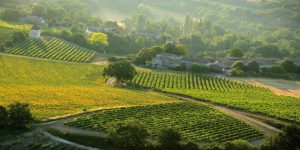
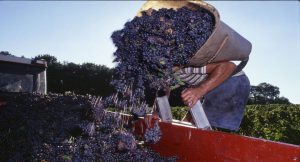 Photo credit: IVSO/ P. Poupart
Photo credit: IVSO/ P. Poupart
White Wine
Colombard – a major player in the production of IGP wines like Côtes de Gascogne and also in in the digéstif Armagnac. When over cropped it produces a fairly neutral white. The best examples have intense exotic fruit aromas, light body and moderate acidity.
Chenin Blanc – widespread in the eastern appellations and IGPs of the South West. Highly appreciated for its fruity, floral palate of aromas, medium body and bright acidity
Gros Manseng – a major blending component in many IGP Côtes de Gascogne, as well as dry Jurançon and Pacherenc du Vic-Bihl whites. Gros Manseng gives vibrancy and spicy notes.
Mauzac – adaptable to a wide variety of wine styles, it is used for sparkling, and still, dry and sweet wines, principally around the Gaillac area. It gives fresh orchard fruit in youth, and honeyed notes with age.
Petit Manseng – related to Gros Manseng, this grape has smaller berries with thicker skins, generally producing wines with greater aromatic complexity. The grape has the ability to produce high sugar levels while retaining fresh acidity; perfect for the sweet Jurançon dessert wines.
Sauvignon Blanc – used either as a single grape, notably in IGP designations, and as a blending element in several AOPs (Béarn, Tursan, Pacherenc du Vic-Bihl). The grape gives its characteristic citrus, gooseberry, cat pee notes as well as vibrant acidity.
Red Wine
Cabernet Franc (Bouchy, Acheria) – Though widely grown in Bordeaux and the Loire, this grape actually originated in Basque country. Slightly less tannic and more red fruit scented than its offspring Cabernet Sauvignon, it nevertheless provides good structure to red blends from many AOP & IGP regions (notably Madiran, Fronton, Irouléguy)
Cabernet Sauvigon – A second stringer in the South West. It provides fragrant cassis notes, firm tannins and deep colour. It is found in the same appellations as Cabernet Franc.
Duras – One of the most oldest grapes grown in the Tarn Valley. It is a major player in Gaillac, giving finesse, deep colour, moderately firm tannins and a fruity, peppery perfume.
Fer Servadou (Fer, Pinenc, Braucol, Mansois) – Similar aromatics and structure to Cabernet Sauvignon. Blending component in many appellations, notably Marcillac, Béarn & Gaillac.
Gamay – Off spring of Pinot Noir, the Burgundian grape Gamay is bright, fresh and very red fruit driven. It is a blending component in Gaillac and many surrounding appellations.
Malbec (Cot) – Originally from the South West, Cot (as it is called there) is the principal grape in the Cahors appellation. It produces densely coloured, full bodied, structured wines with black fruit aromatics, moderately fresh acidity and firm, chewy tannins. Well crafted versions have great aging potential.
Merlot – Also offspring of Cabernet Franc (like Cabernet Sauvignon), Merlot makes an excellent blending component due to its fleshy mid-palate, rounded tannins and fragrant plum aromas. It is notably grown in Cahors as a minor blending component.
Négrette – The major grape of the Fronton appellation. It is a parent to Malbec. Négrette brings attractive violet notes, and sometimes animal and leather undertones. Fruity and medium bodied with moderate tannins, it is an ideal grape for rosé and easy drinking reds.
Syrah – A blending component in appellations like Fronton, Syrah brings elegance, fine tannins, black fruit and spiced notes.
Tannat – The principle red grape of Madiran. Named for its very firm tannic structure, the grape gives full-bodied, deeply coloured, raspberry scented reds that generally require a little time to unwind
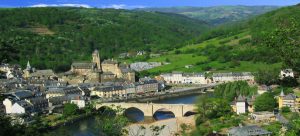
 Photo credit: IVSO/ P. Poupart
Photo credit: IVSO/ P. Poupart
Great Wines to Try
(What do VW, PW and LW mean? Click on my wine scoring system to find out):
Chateau Montauriol Prestige AOP Fronton 2013 – 89pts. VW
This blend of 55% Negrette, 25% Syrah, 20% Cabernet Franc is just delicious. Attractive aromas of plum, kirsch and pepper on the nose. The palate is lively, medium bodied, showing moderate depth and complexity, with lingering dried fruit, floral and pepper flavours. Firm, yet ripe tannins frame the finish. The cedar oak imprint is quite subtle.
Where to Buy: SAQ (18.10$)
Château Montus AOP Madiran 2010 – 92pts. PW
Consistent high quality is a feature of this estate. A blend of 80% Tannat and 20% Cabernet Sauvignon, this big, brooding red features complex aromatics of cherry, spice, prune and dark chocolate. Full bodied, densely structured yet velvetty on the palate, with chewy tannins and harmonious cedar oak. Long, layered finish.
Where to Buy: SAQ (30.25$), LCBO (35.45$)
Château Montus AOP Pacherenc du Vic-Bilh 2011 – 91pts. PW
Made from 80% Petit Courbu, a little known grape from the obscure appellation of Pacherenc du Vic Bilh, this cuvée is absolutely worth discovering. Smoky citrus notes feature on the nose. Fresh, long and layered on the palate with lots of creamy lees character and well integrated toasty oak. Very stylish!
Where to Buy: SAQ (24.85$), LCBO (35.45$)
Odé d’Aydie AOP Madiran 2012 – 87pts. VW
Attractive aromas of fresh red cherries, with floral and spice undertones. Medium bodied, with lively, balanced acidity, firm tannins and subtle oak. No great aging potential, but pleasant every day drinking quality.
Where to buy: SAQ (19.35$)
Château de Gaudou “Renaissance” AOP Cahors 2012 – 87pts. PW
Pleasant earthy, animal notes on the nose, underscoring the fresh red and black fruit aromatics. Fresh acidity, full body, with attractive spiced, oak notes on the finish. This cuvée falls down a little on the finish due to the green, bitter edge on the tannins.
Where to buy: SAQ (22.85$), LCBO (25.95$)
Domaine du Tariquet “Classic” IGP Côtes de Gascogne 2015 – 88pts VW
At only 10.5% alcohol, this is a great option for an every day house white. It is light, refreshing, crisp and lively, with lots of citrus and floral notes. Fairly simple, but nice for the price.
Where to buy: SAQ (12.95$)

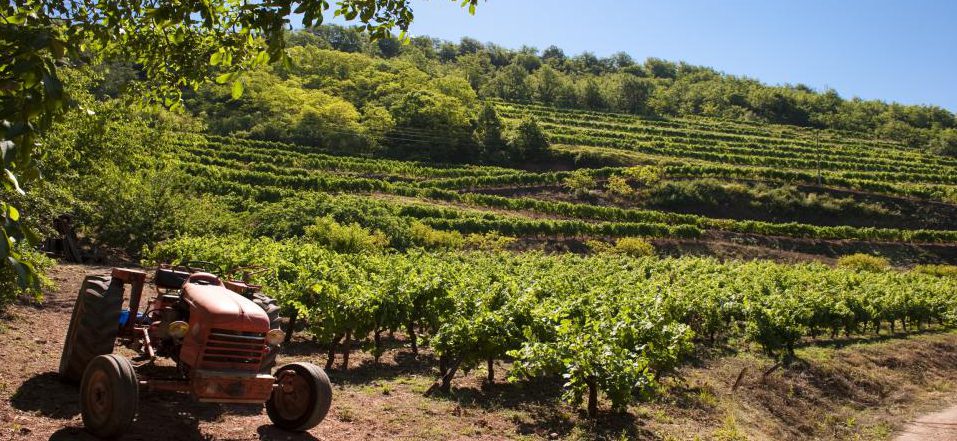
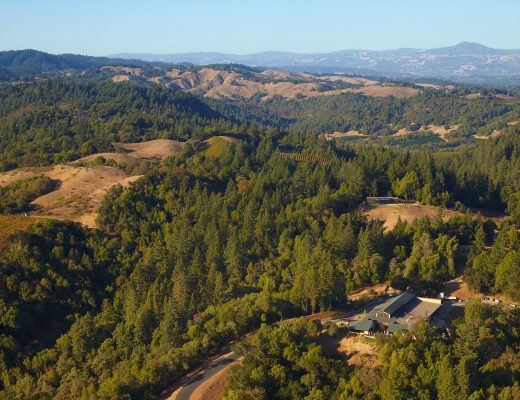

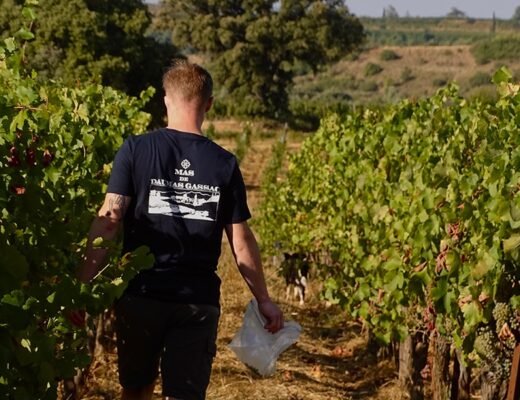
No Comments